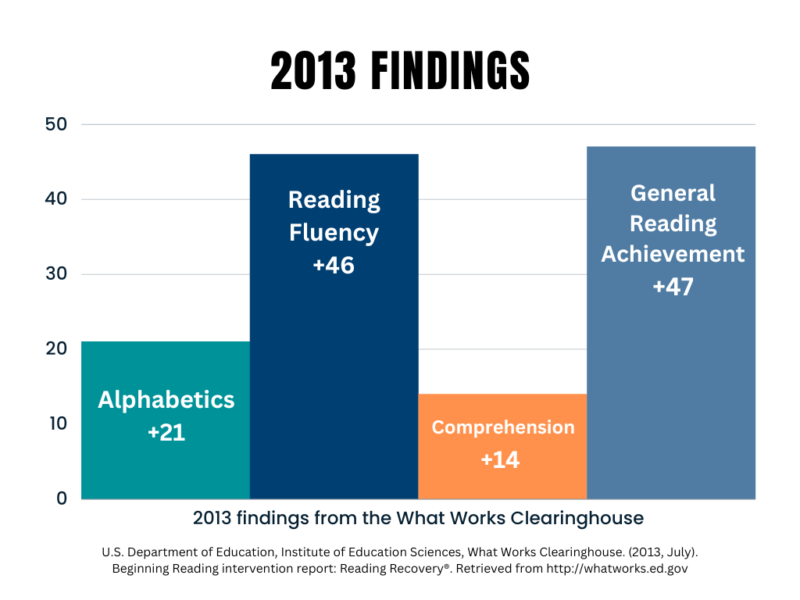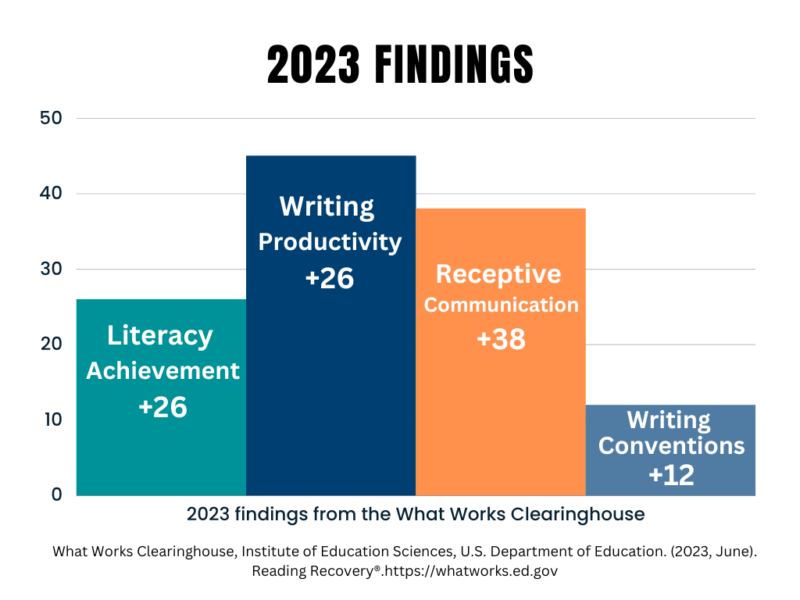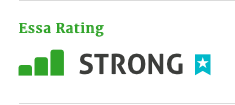Overview
Reading Recovery Overview
Downloadable Resource: Understanding Reading Recovery: A Comprehensive Model of Instruction
Nothing is more important when children enter first grade than learning to read and write! Yet for some children good classroom instruction is not enough.
Reading Recovery is a one-to-one intervention that serves as an additional level of support to the classroom by providing more comprehensive assessments, individualized instruction, and immediate intervention.
Reading Recovery serves the lowest-achieving first graders—the students who are not catching on to the complex set of concepts that make reading and writing possible. Students receive a half-hour lesson each school day for 12 to 20 weeks with a specially trained Reading Recovery teacher. Once each student meets grade-level expectations and demonstrates the ability to work independently in the classroom, their lessons are discontinued, and new students begin individual instruction.
Reading Recovery is a trademark intervention with standards and guidelines to ensure the integrity of the intervention and the high quality of expected results. The Consortium for Policy Research in Education (CPRE) engaged in a 4-year evaluation of Reading Recovery in an i3 scale-up grant (May et al., 2016). CPRE assessed program fidelity by analyzing consistency with the Standards and Guidelines of Reading Recovery in the United States. Their analysis revealed strong fidelity to the program model across all years of the study, supporting the validity of their impact findings.
Reading Recovery Basics
Reading Recovery Results
Reading Recovery is backed by rigorous research and has been documented as an effective intervention by both the U.S. Department of Education’s What Works Clearinghouse and Evidence for the Every Student Succeeds Act (ESSA).



 Reading Recovery has been evaluated by Evidence for ESSA in four qualifying studies. In comparison to control groups, the average effect size across the four studies was +0.43 on measures such as ITBS, CAT, Woodcock, and Gates. These outcomes qualify Reading Recovery for the ESSA “Strong” category, and for the “Solid Outcomes” rating (at least two studies with effect sizes of at least +0.20).
Reading Recovery has been evaluated by Evidence for ESSA in four qualifying studies. In comparison to control groups, the average effect size across the four studies was +0.43 on measures such as ITBS, CAT, Woodcock, and Gates. These outcomes qualify Reading Recovery for the ESSA “Strong” category, and for the “Solid Outcomes” rating (at least two studies with effect sizes of at least +0.20).

Read more about Reading Recovery’s scientific research base




